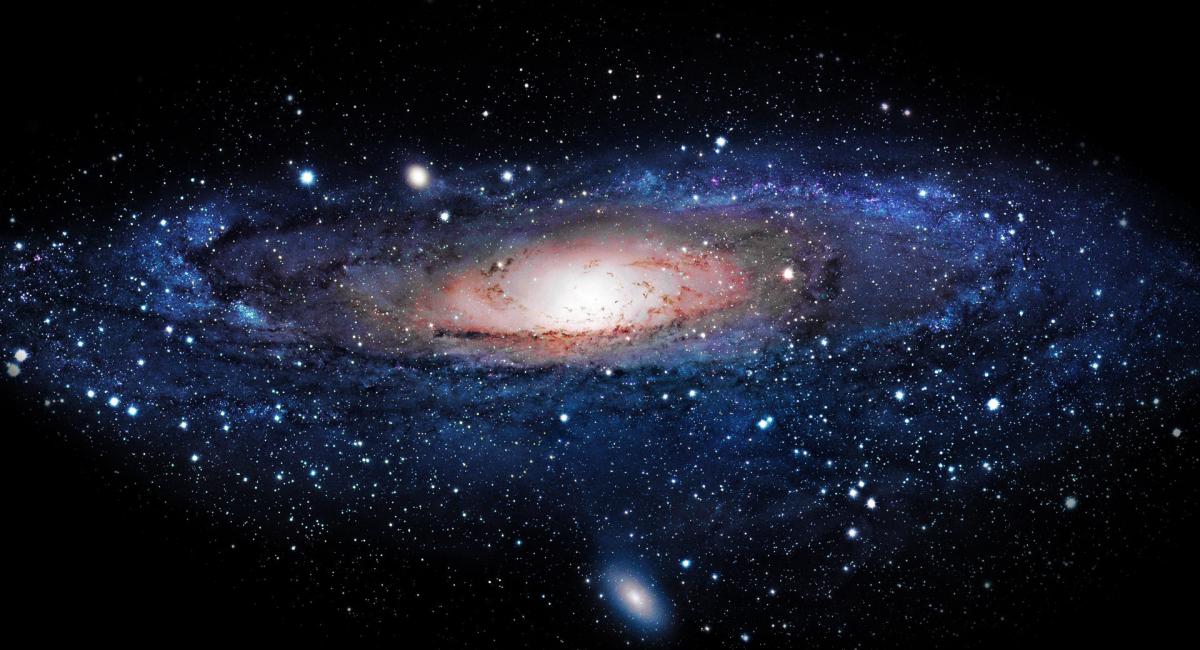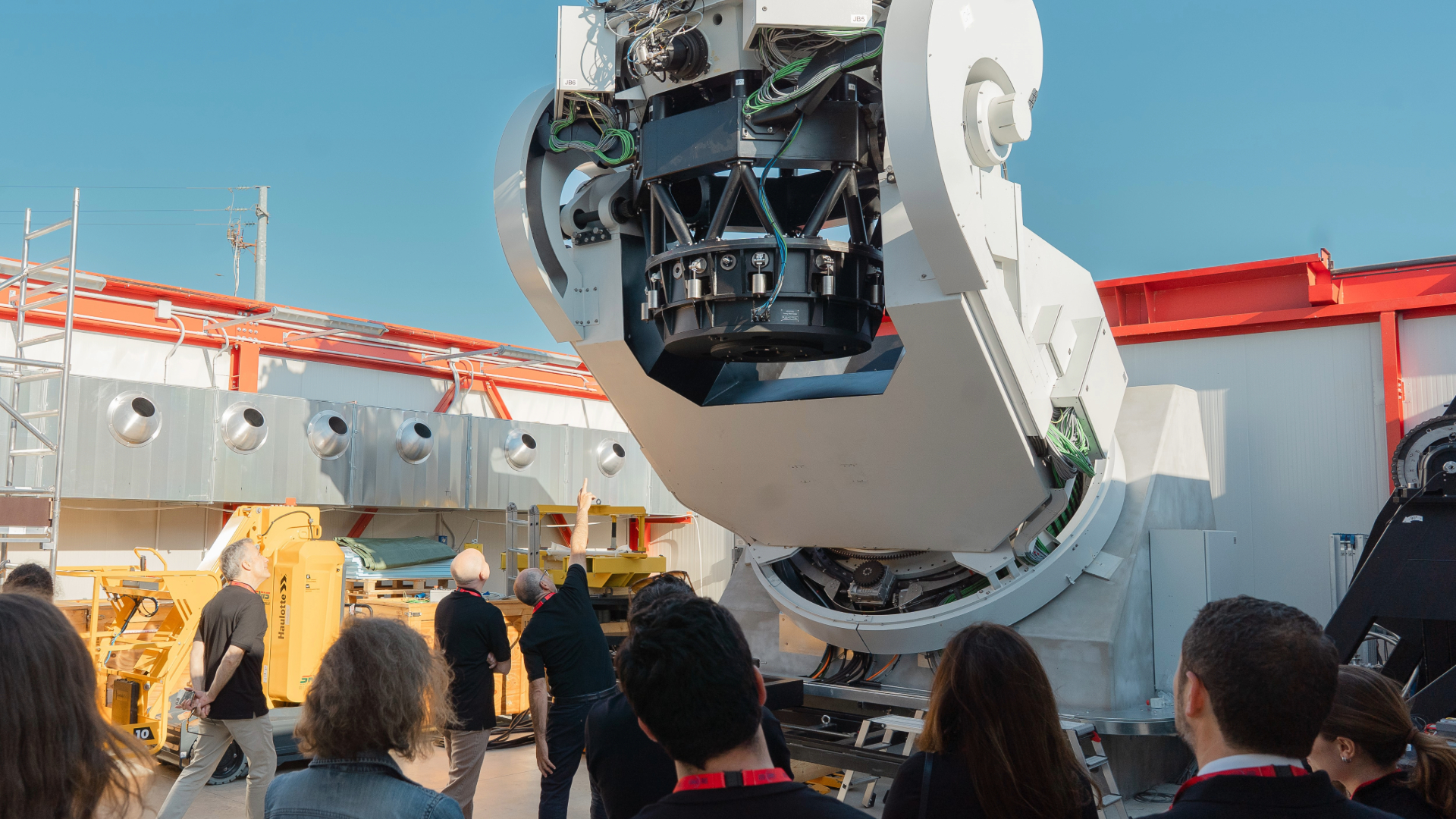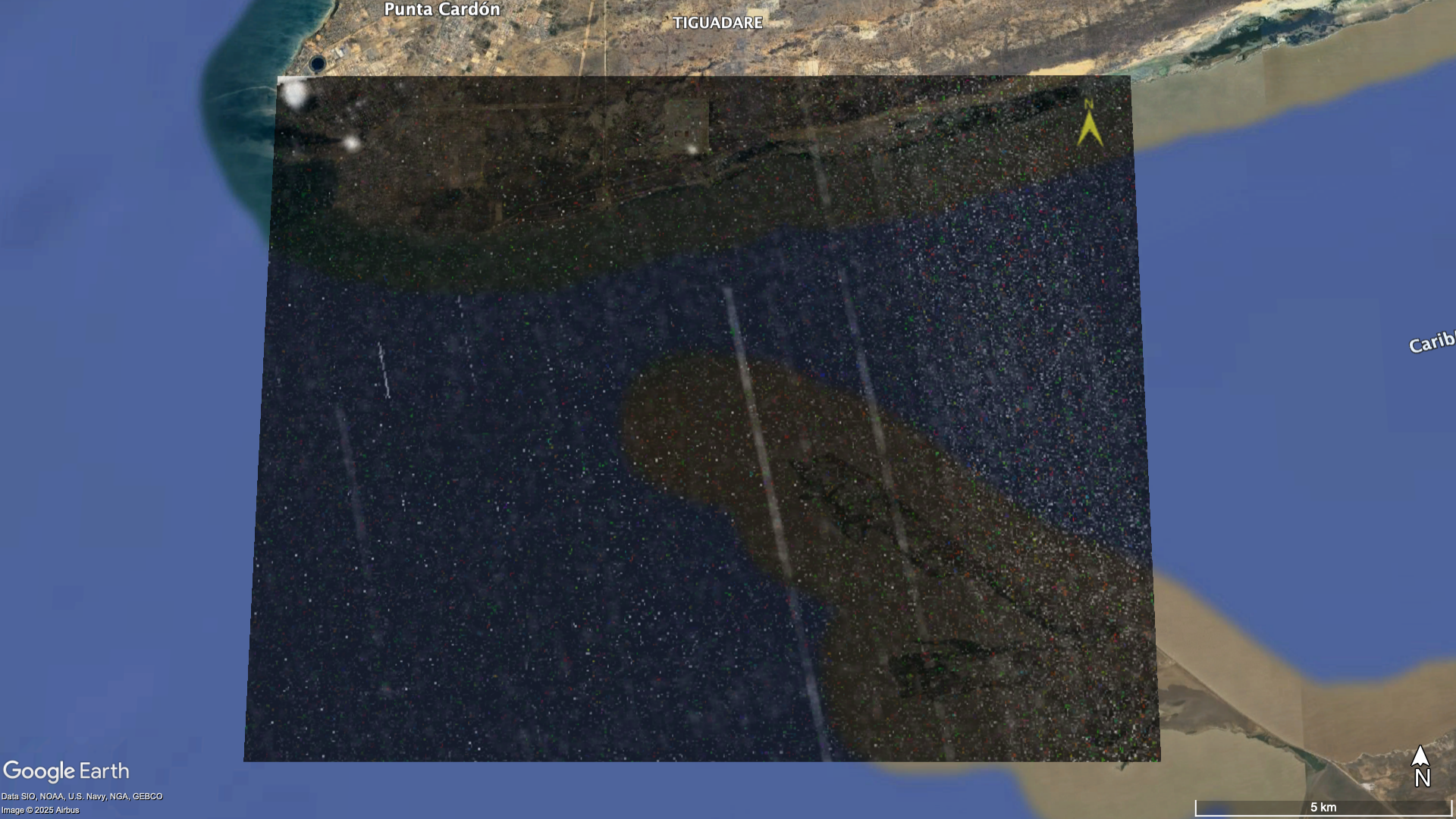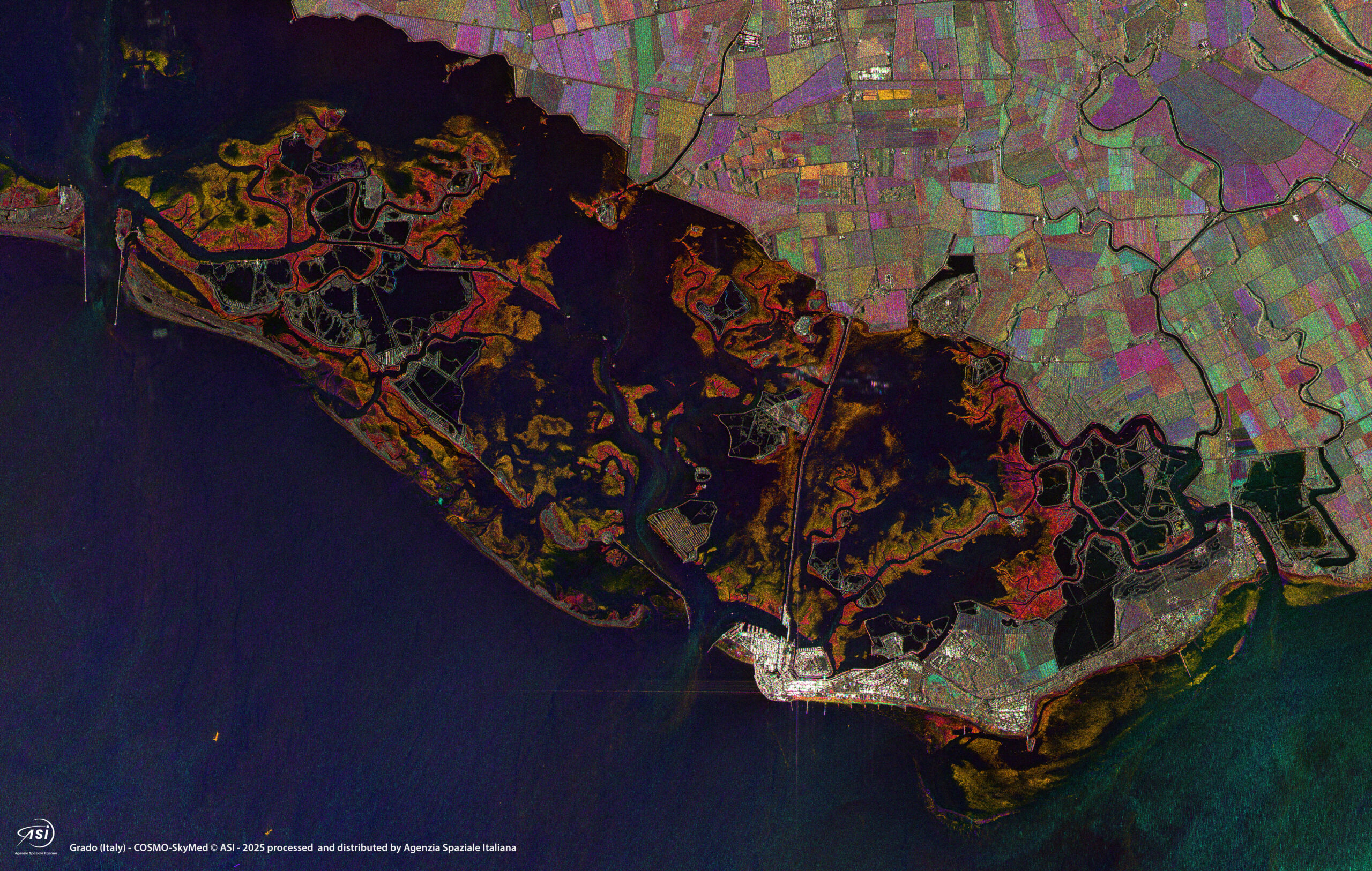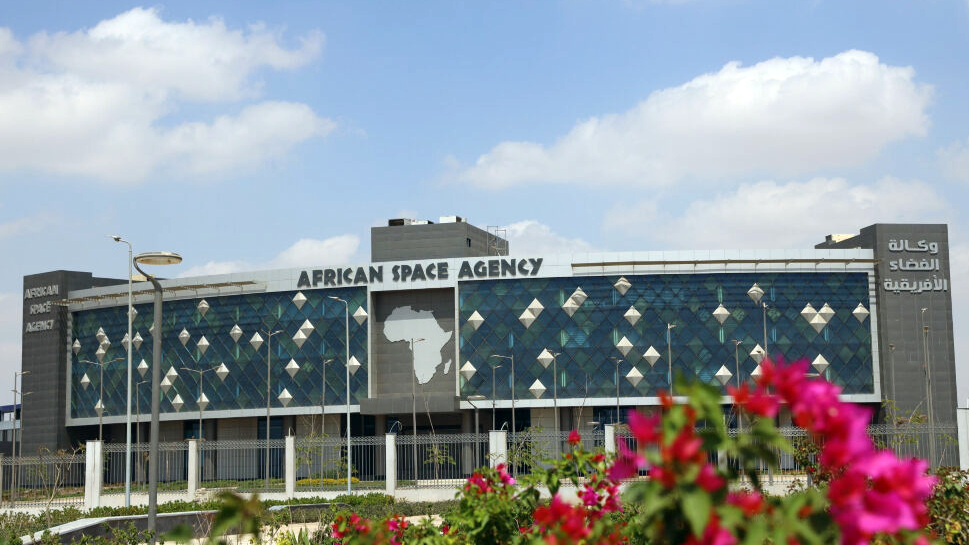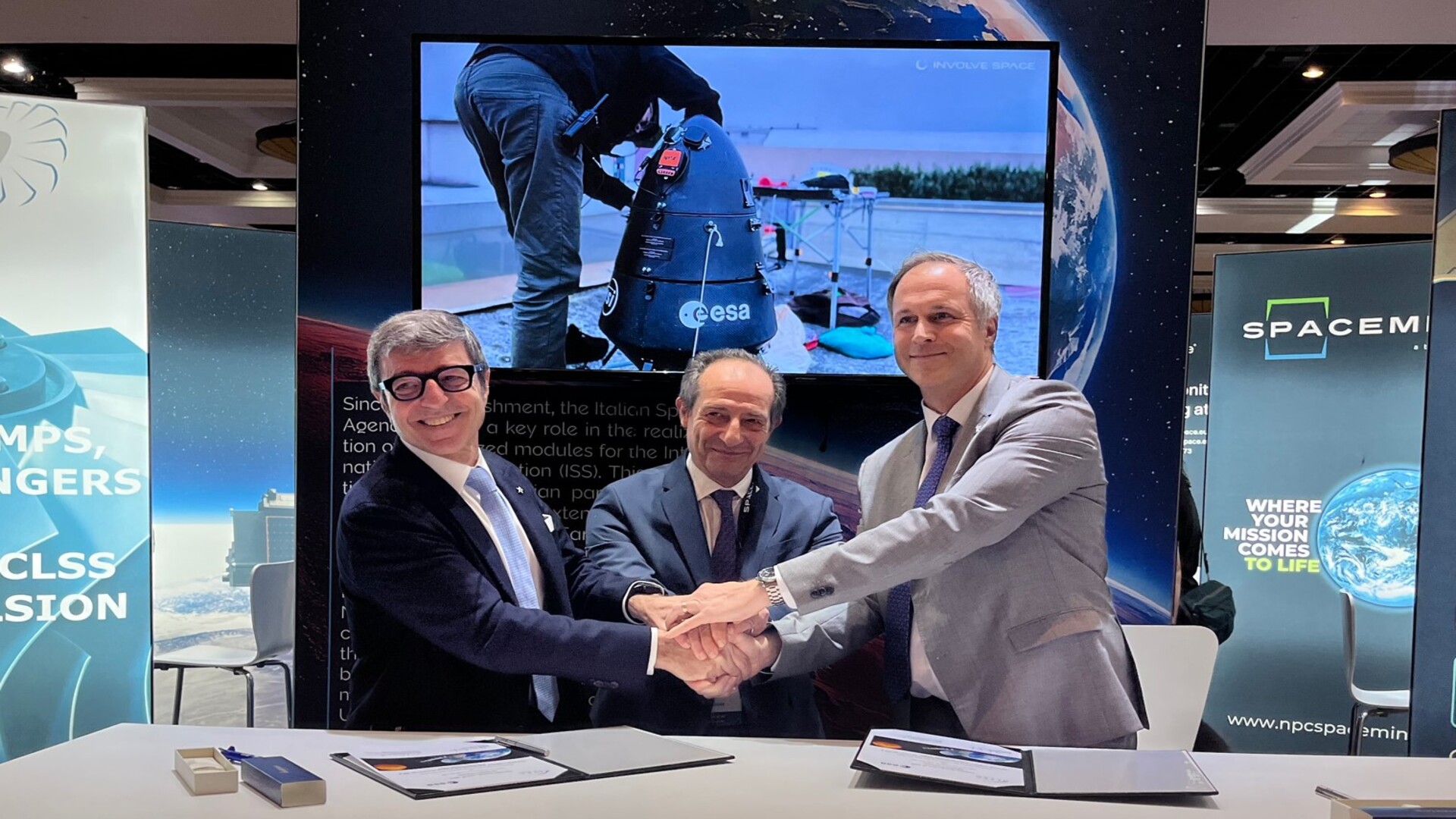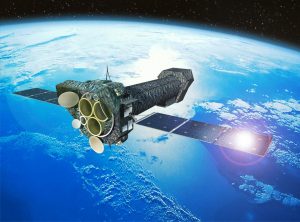
The X-ray Multi-Mirror (XMM) was the second “cornerstone” in the “Horizon 2000” programme by the European Space Agency (ESA). Renamed XMM-Newton in honour of the great British physicist Sir Isaac Newton, it represents the most important European contribution to astronomy in the X-ray band.
The satellite was launched on December 10th, 1999 from Kourou (French Guyana), with a 504 Ariane vector. It is equipped with three X-ray telescopes with an unprecedented collection area and a visible-band telescope. Thanks to its great sensitivity and the possibility to carry out long, uninterrupted observations, it’s an extremely powerful instrument for astronomy in the X-ray band ranging from 0,2 to 10 keV.
In cooperation with other European institutes and with the contribution of the Italian Space Agency (ASI), the National Institute for Astrophysics (INAF) developed the European Photon Imaging Camera (EPIC), the main XMM-Newton instrument. EPIC consists of three independent CCD detectors, placed on the focal plane of the tree XMM telescopes. The INAF was in charge of the AIV process of the instrument, and actively contributed to nearly all the stages of the development of EPIC, from designing to ground calibration.
Starting from the launch, XMM-Newton discovered hundreds of thousands of X-ray sources, many of which were studied in an extremely detailed manner from a spectral and temporal point of view. XMM is providing a very important contribution to solve several unresolved problems in the field of astrophysics, from black hole physics to the origin of the Universe. XMM observation time is made available to the scientific community through a yearly competitive call.

